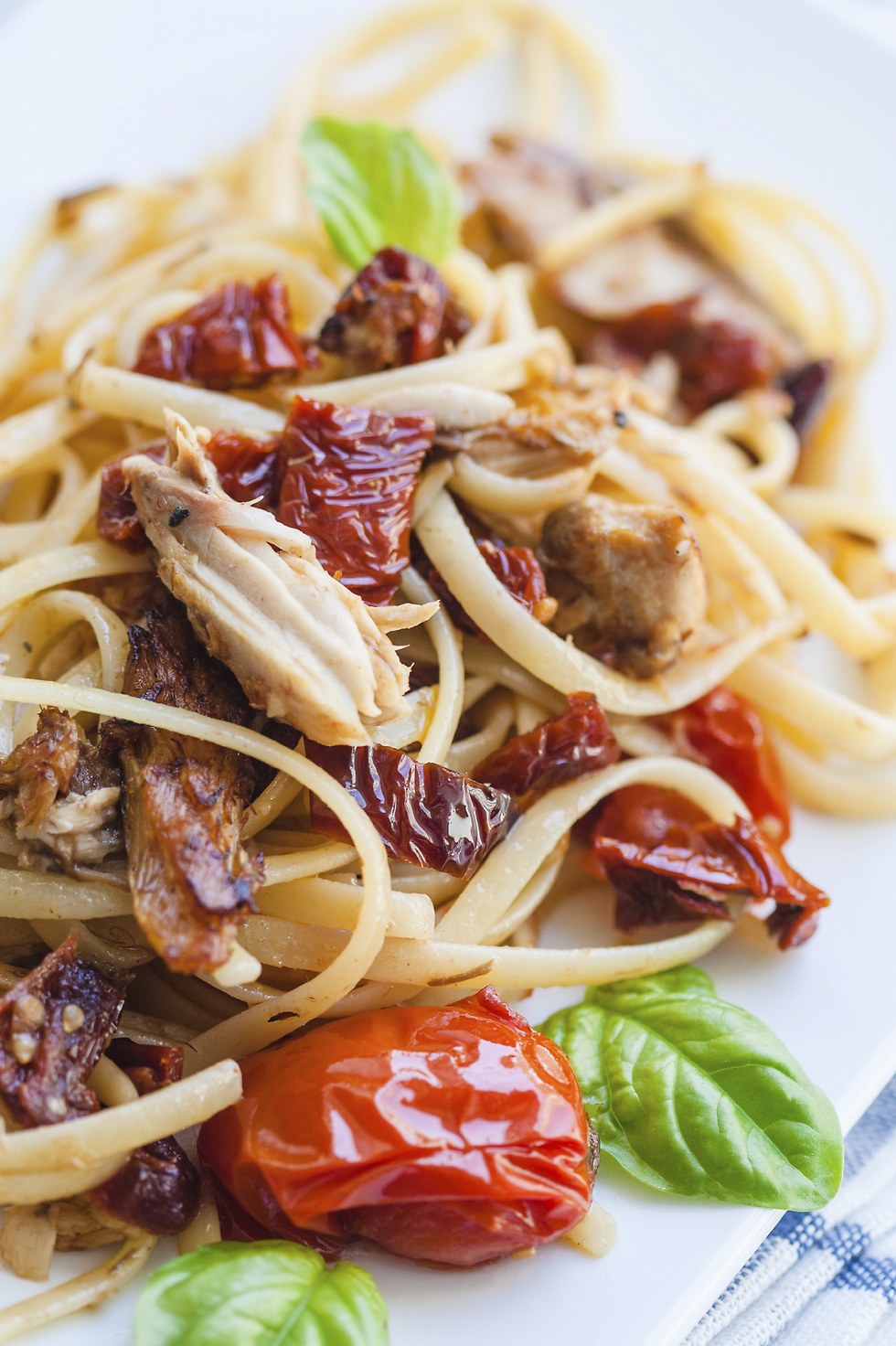
Delicious Kosher Italian cuisine in Tel Aviv
Review: Sheraton Tel Aviv is celebrating an Italian festival for the entire month of June; highlights include special dinners, a cooking class, cocktail hours and a food market; and the best part? All of the food is kosher!
First it was French food week, in February, and now it is the Italians’ turn, as the Sheraton Tel Aviv continues its tradition of partnering with foreign embassies to showcase a vaunted cuisine. And again, a well-known native chef was flown in to oversee the culinary aspects—in this case, celebrity Chef Max Mariola, star of Italian cooking channel Gambero Rosso and host of a popular cooking show on SKY TV.
Mariola himself cooked the dinners served at the hotel’s signature restaurant, Olive Leaf, the first week of the festival. During that time, he trained the restaurant’s sous chefs, Shlomo Maman and Michele Bozzetto, who will be following Mariola’s menu and preparing his recipes for the duration of the festival, which runs through June 30.
Unusually, the menu is even more restrictive than the rules of kashrut dietary law prescribe: there is not a single chicken or veal dish on the menu, which is practically entirely based on fish and beef. Nor are the offerings particularly vegetarian-friendly.
But this does not mean that there are not plenty of noteworthy dishes to recommend. I was able to sample a nice cross-section over the course of two visits.
For the most part, I followed the recommendations of Chef Maman. As we discussed the menu—there are fixed-price three-course and four-course meals, as well as a la carte options—I sipped a very pleasant Pinot Grigio, one of four kosher wines imported for the festival.
Even the bread was a welcome surprise: a chewy, crusty rustic loaf studded with black olives and served as warm as if it had just emerged from the oven. It was accompanied by green olives, cloves of roasted garlic, and duo of dips: pesto, and olive oil infused not with balsamic vinegar but with silan (date honey); this unconventional combination, once you wrap your head around it and get used to it, turned out to be addictive: I wiped the saucer clean.
For my starter, I had the panzanella, a classic Italian mixed vegetable salad that is based on crouton-like dry bread. The twist here was the addition of fish. I confess that I had to be convinced to try this variation, but any concerns I had entertained vanished with the first bite: the natural juice from the finely chopped cherry tomatoes moistened the layers of bread, while the flakes of fresh mullet infused the dish with an added dimension of flavor. I could easily have eaten this as a main course, not merely an appetizer.
My pasta course—pasta puttanesca—was again quite different from any version I had had before. For one, the pasta itself was paccheri, short wide tubes that I had yet to encounter in Israel. They were filled with tuna, black olives and capers in a tomato sauce that was far milder than the usual spicy puttanesca sauce reflecting its southern Italian origins. Although I might have preferred a bit more heat, I had no complaints about the overall result; the muted sauce allowed the flavor of the fresh tuna to come through, even though the tiny morsels of fish were barely noticeable. but the taste came through nonetheless. I mopped up every last drop of the sauce with the remaining bread.
My main course was the brasato di manzo, a slow-cooked pot roast braised in red wine. Mariola’s version features shoulder, but when Maman offered beef filet as an alternative cut of meat, I did not hesitate. What appeared on the plate resembled entrecôte more than filet mignon, but that is a marginal quibble: the tender beef in the rich sauce practically melted in the mouth.
The steak was served atop a bed of mashed potatoes in which the standard butter was replaced with minced onion sautéed in olive oil—not the same, but also not bad—and under a pile of gently sautéed leaves of fresh spinach.
The best fish main course had to be the sea bream fillet cooked in stock of tomatoes garlic and parsley; the moist white fish was perfectly cooked in a slightly garlicky stock that enhanced the dish while never threatening to overpower it.
You can’t go wrong with any of the desserts, some of which followed the now familiar theme of not exactly adhering to what the name usually represents. For example, the sweet calzone was not a turnover, but rather a Moroccan-style cigar, filled with a grape puree that more closely resembled a custard. Similarly, the ciambella al vino, rather than being doughnut-like, were small, bagel-shaped crunchy cookies, meant to be dipped in the nectary Moscato wine—tasty fun.
The dessert most closely reflecting its description is the fresh peach with lemon sorbet and mint leaves. The homemade sorbet, a creamier version of classic Sicilian granita, was an excellent complement to the ripe fruit, the combination adding up to a refreshing treat.
It is not often that patrons of kosher restaurants get to enjoy Italian cuisine at this rarified level. It is an opportunity worth seizing.
The Olive Leaf at the Sheraton
Kosher
115 Hayarkon Street, Tel Aviv
Tel. (03) 521-9300













